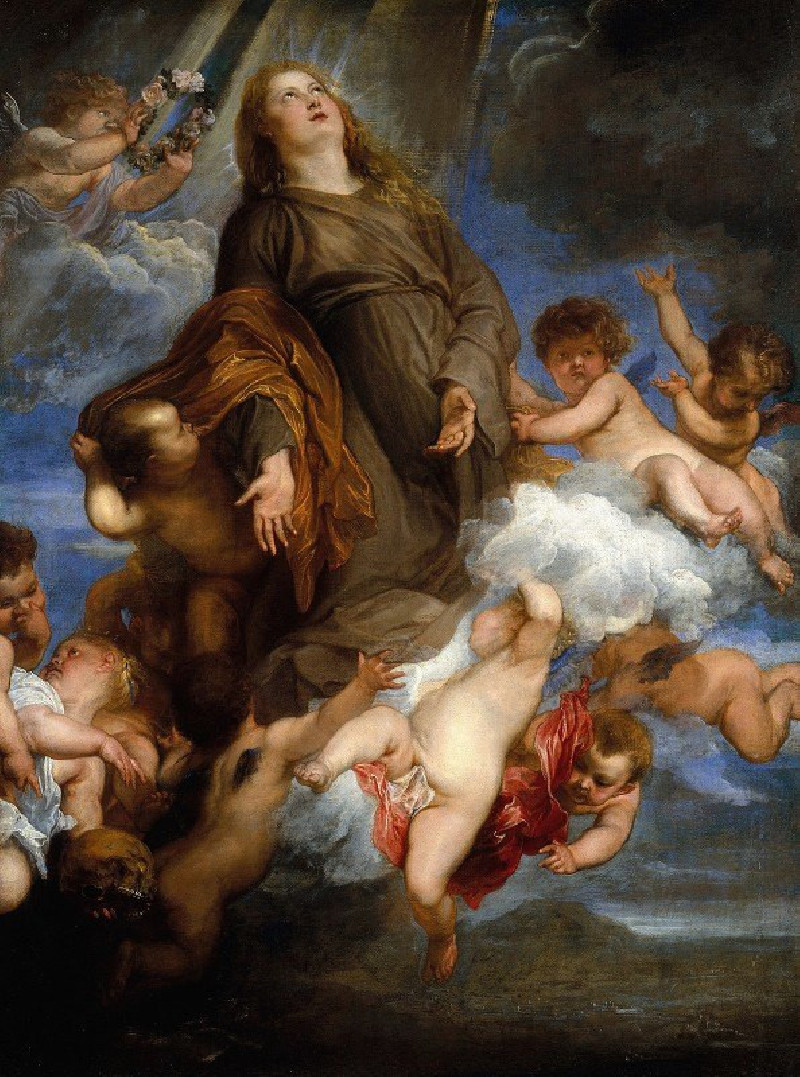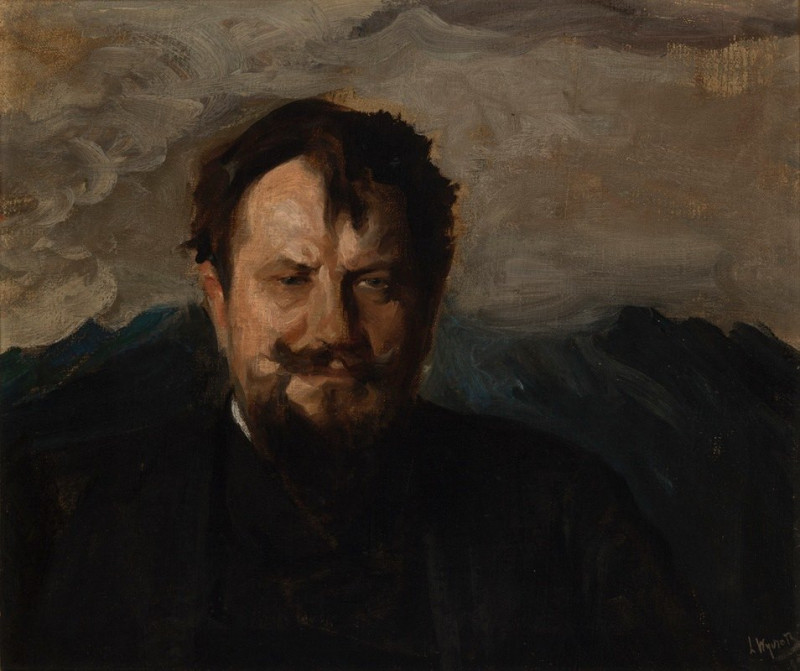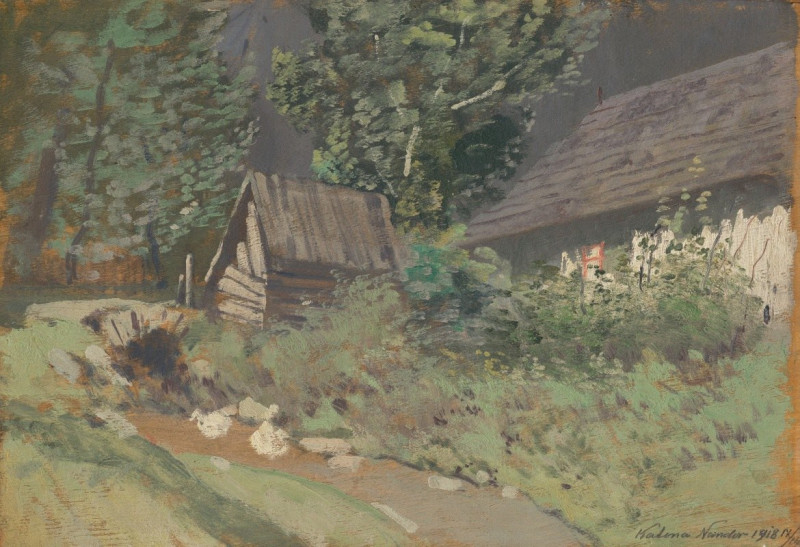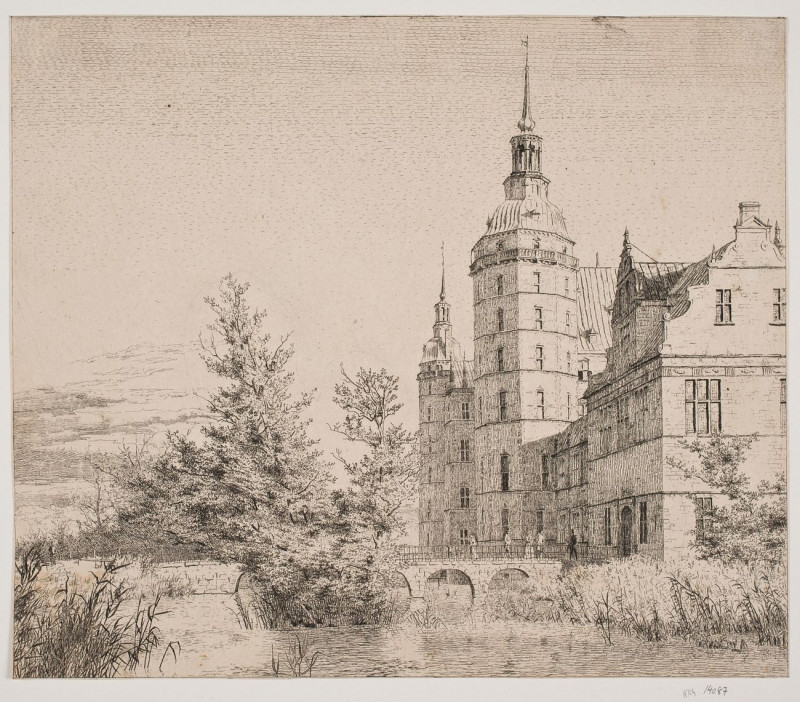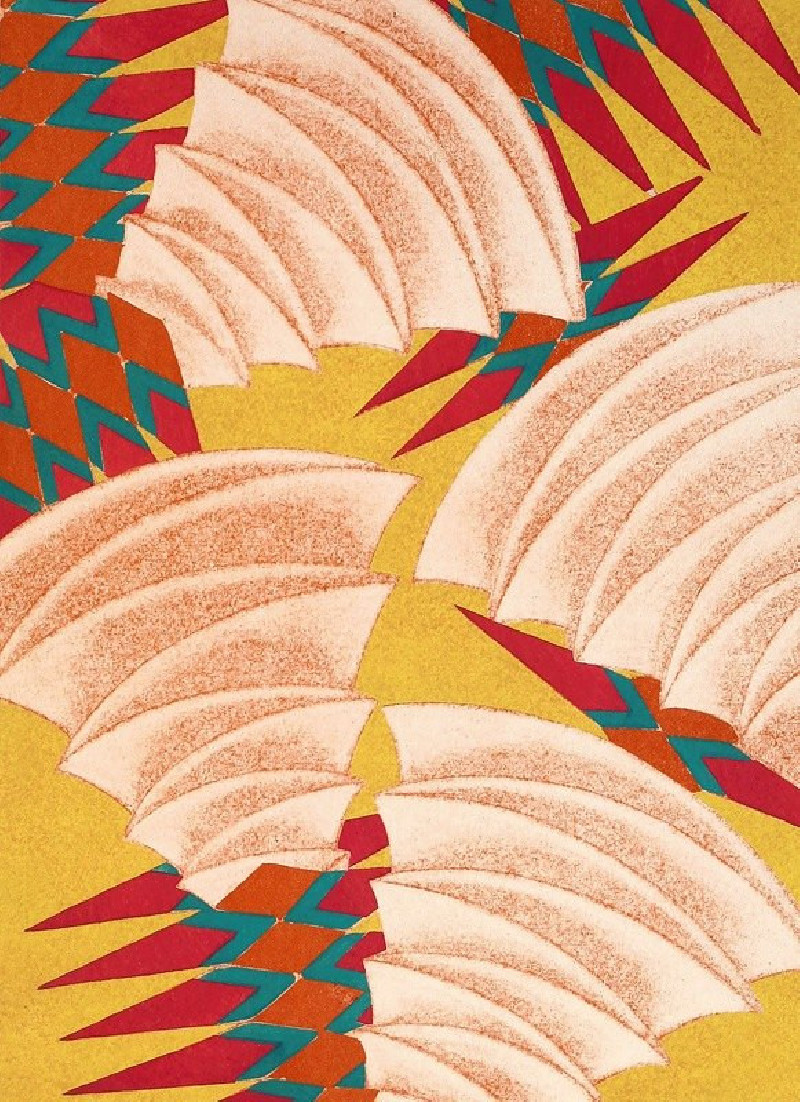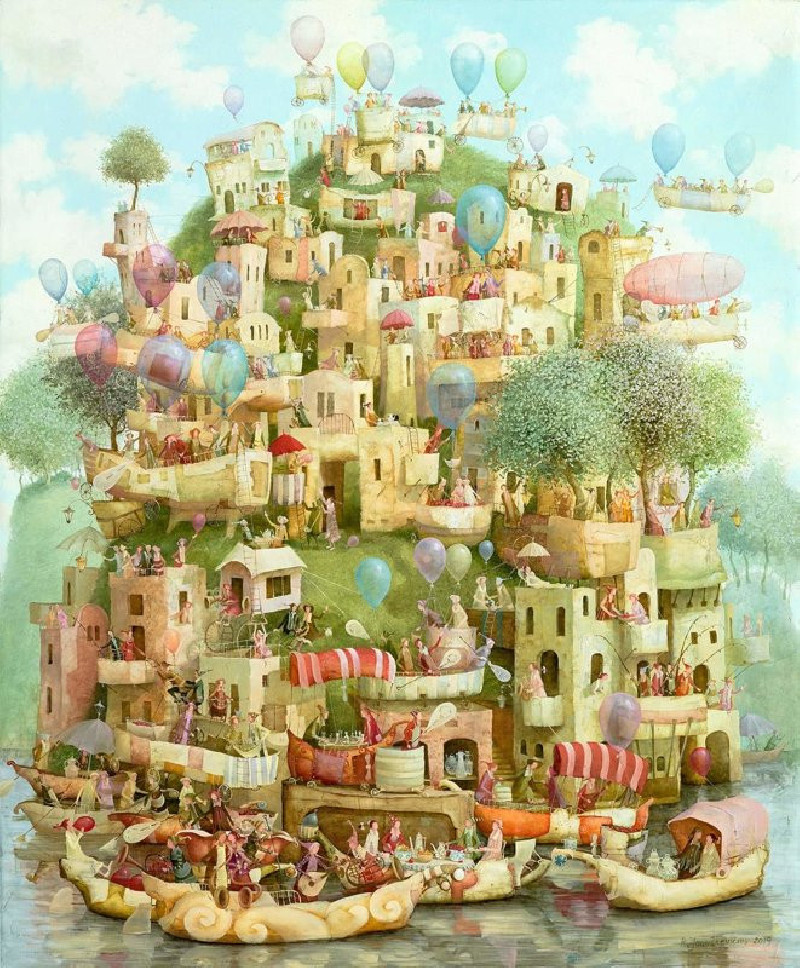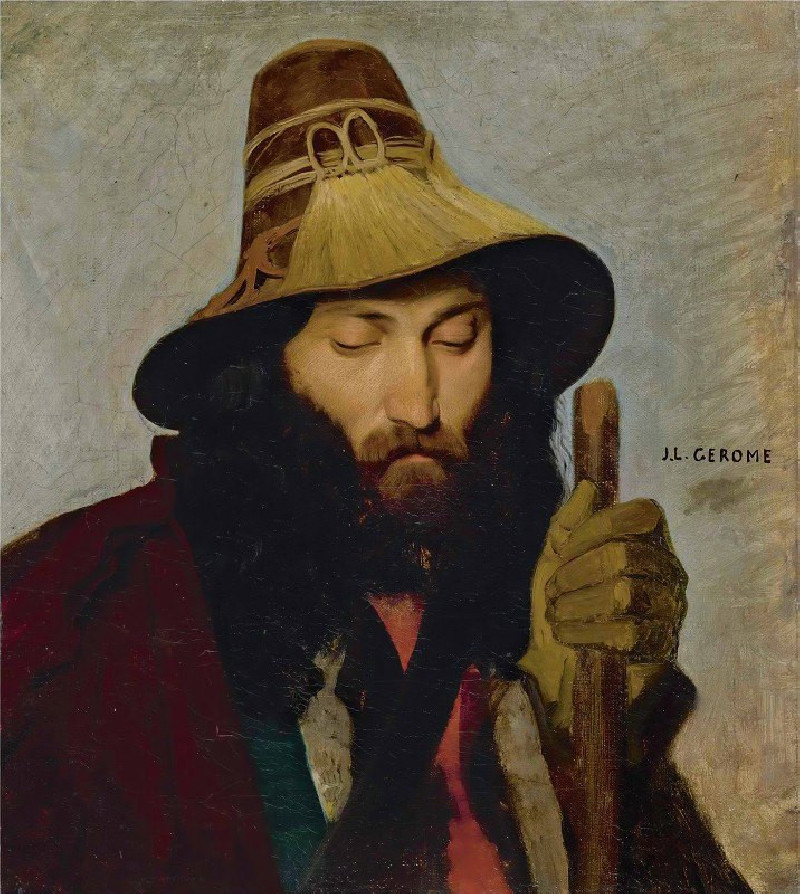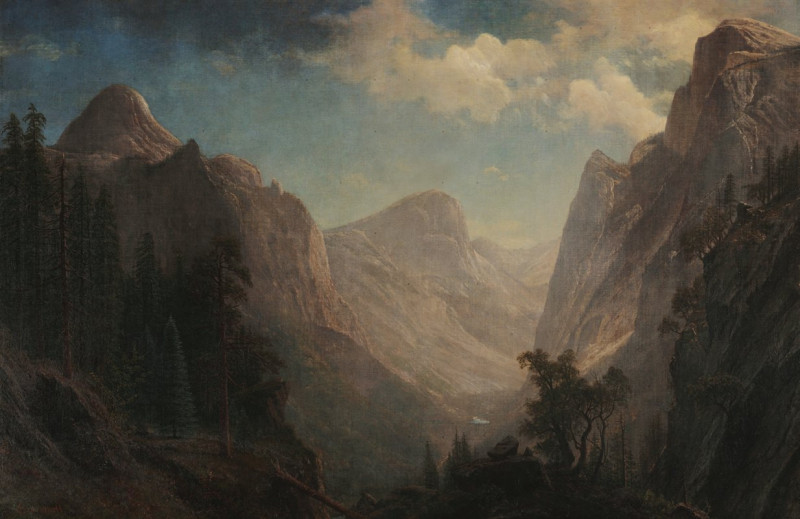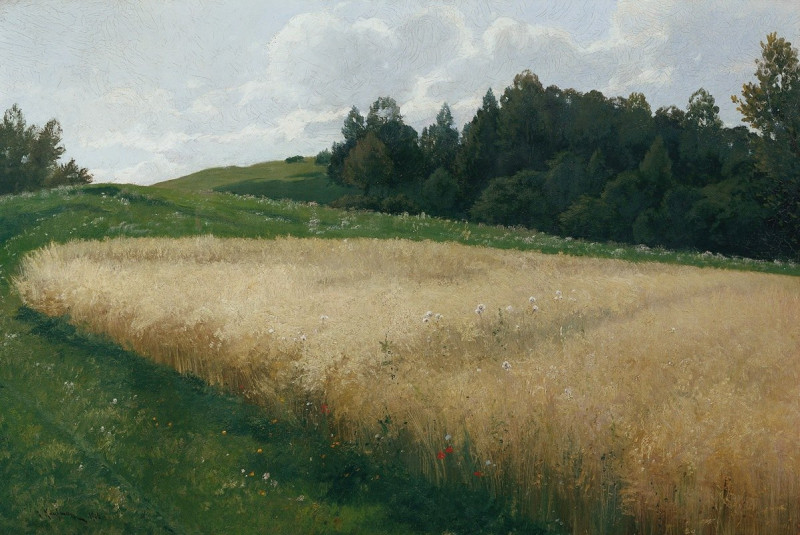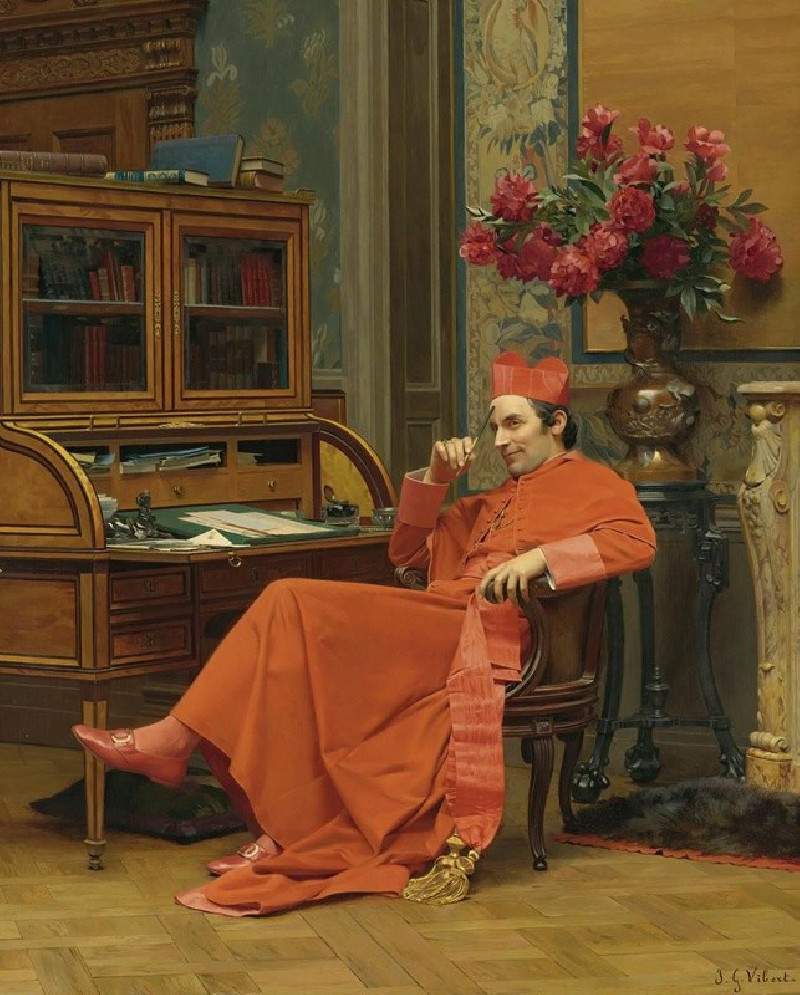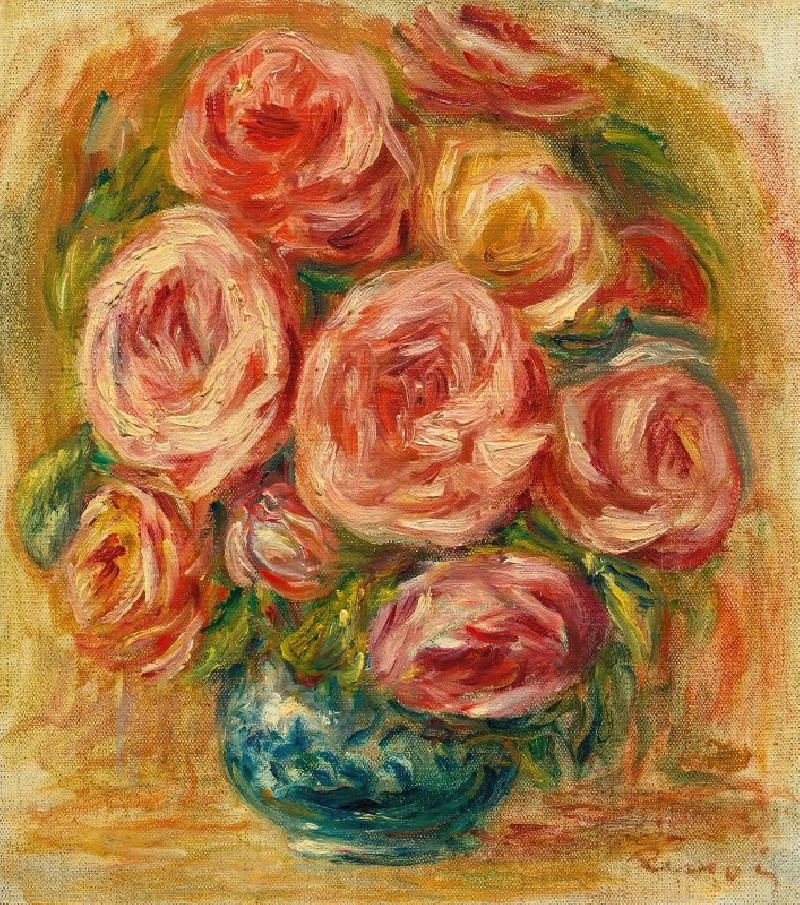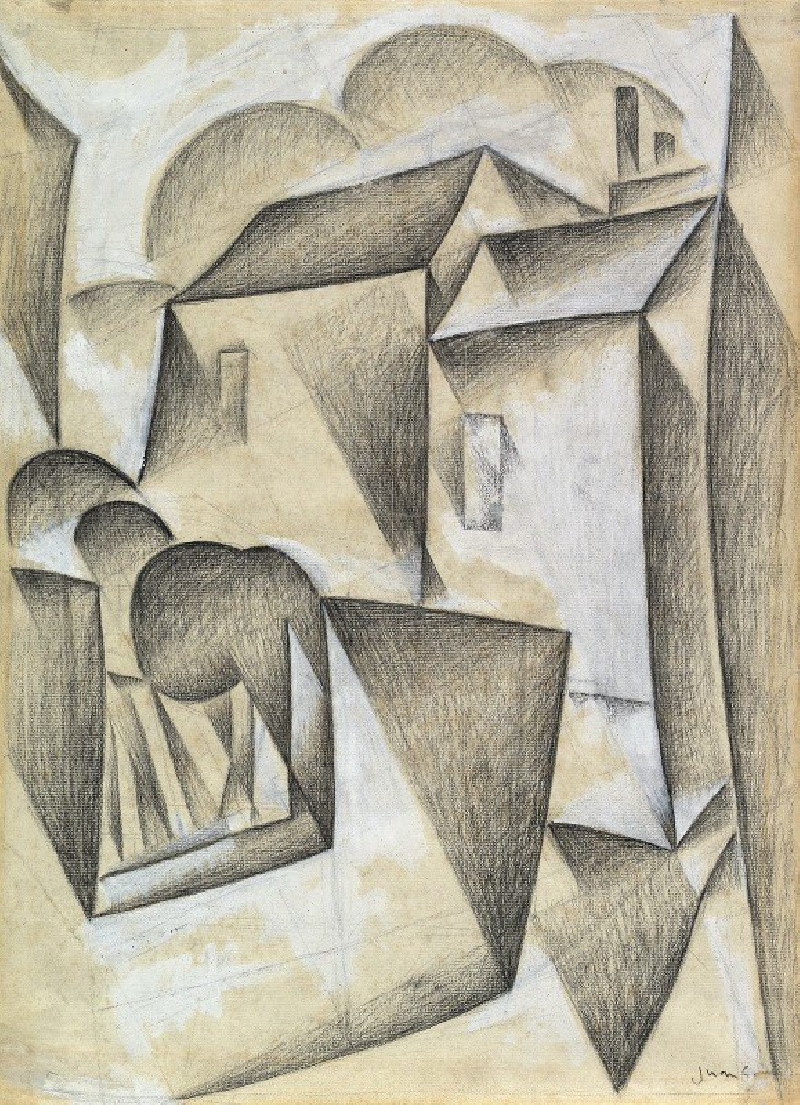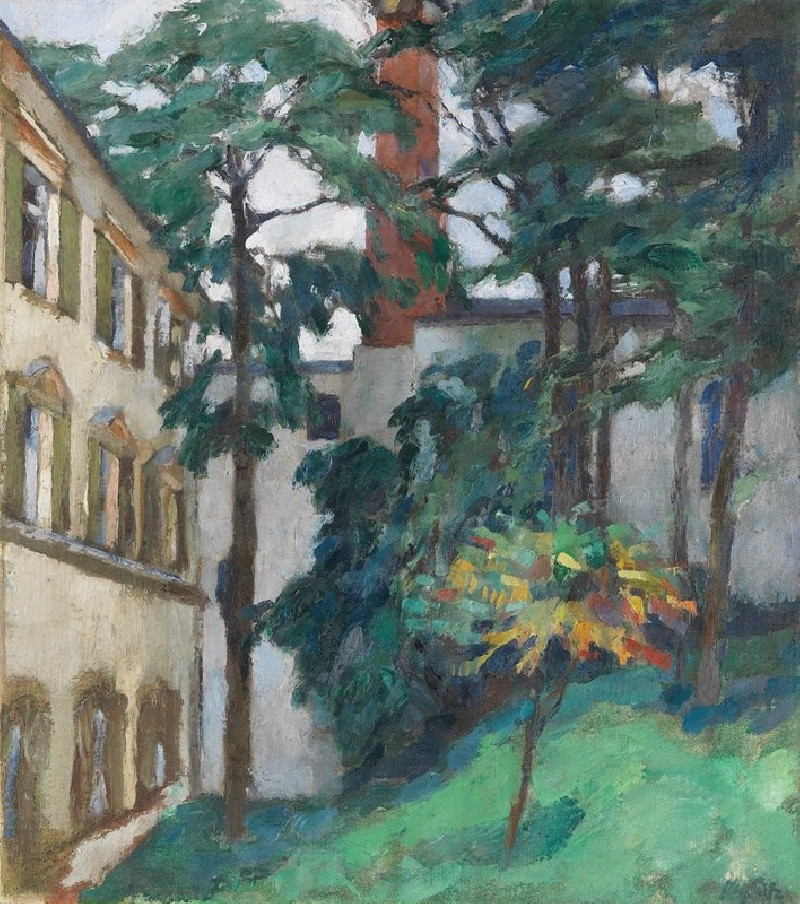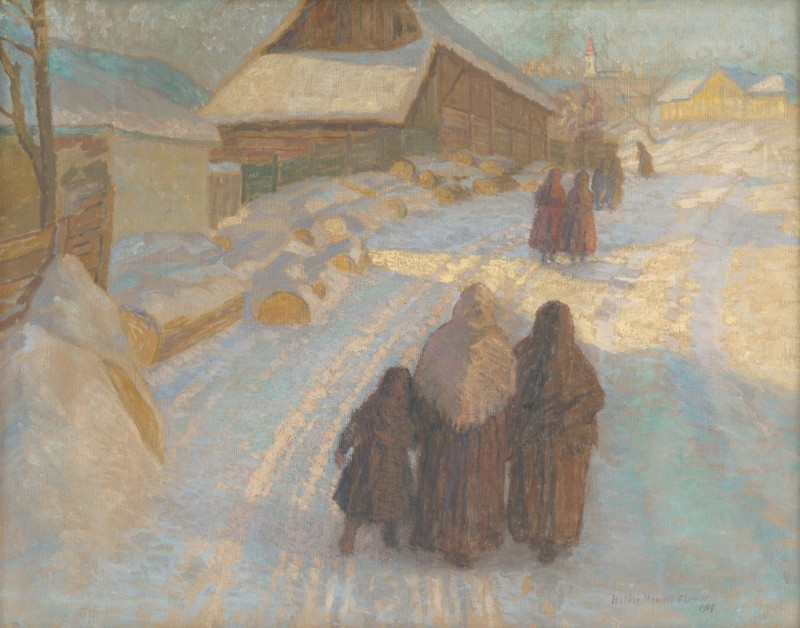Saint Rosalie Interceding for the Plague-stricken of Palermo (1624)
Technique: Giclée quality print
Recommended by our customers
More about this artwork
Artist: Anthony van Dyck, 1624**This evocative painting by Anthony van Dyck, one of the most prominent Flemish Baroque artists, captures the divine intercession of Saint Rosalie during the 17th-century plague in Palermo. The painting beautifully illustrates Saint Rosalie, depicted as an ethereal figure, elevating towards the heavens, enraptured in a spiritual plea for mercy on behalf of the afflicted city.The composition centers around Rosalie, draped in simple, flowing robes with a rich cloak cascading down her right arm. Her eyes, full of compassion and fervor, gaze upward as light from the heavens bathes her in a divine glow, symbolizing her holy communion with the divine. The painting radiates a sense of movement and urgency through the dynamic arrangement of clouds and swirling figures of cherubs around her.Surrounding Saint Rosalie are a plethora of angelic beings, each rendered with exquisite detail. These cherubs actively participate in the scene; some look towards her with admiration, while others engage among themselves, enhancing the celestial ambience. Their expressions range from serene to playful, adding a dynamic and lively element to the celestial gathering.This masterwork not only exemplifies Van Dyck’s skill in rendering human emotion and divine interaction but also serves as a powerful piece of devotional artwork meant to evoke faith and hope among its viewers. Saint Rosalie, venerated as the patron saint of Palermo, is portrayed as a beacon of hope, her intercession a divine plea for relief from suffering.This painting stands as a testament to the enduring power of faith during times of despair and the comforting presence of the divine in human affairs.
Delivery
Returns
Sir Anthony van Dyck (1599 – 1641) was a Flemish Baroque artist who became the leading court painter in England after success in the Spanish Netherlands and Italy.
The seventh child of Frans van Dyck, a wealthy Antwerp silk merchant, Anthony painted from an early age. He was successful as an independent painter in his late teens, and became a master in the Antwerp guild in 1618. By this time he was working in the studio of the leading northern painter of the day, Peter Paul Rubens, who became a major influence on his work.

